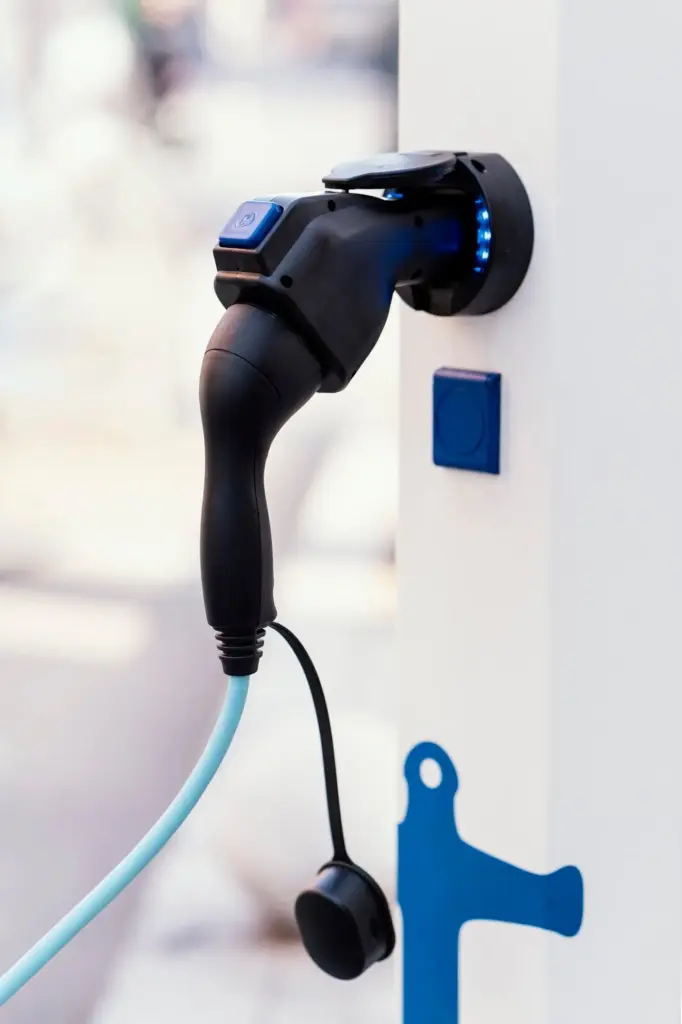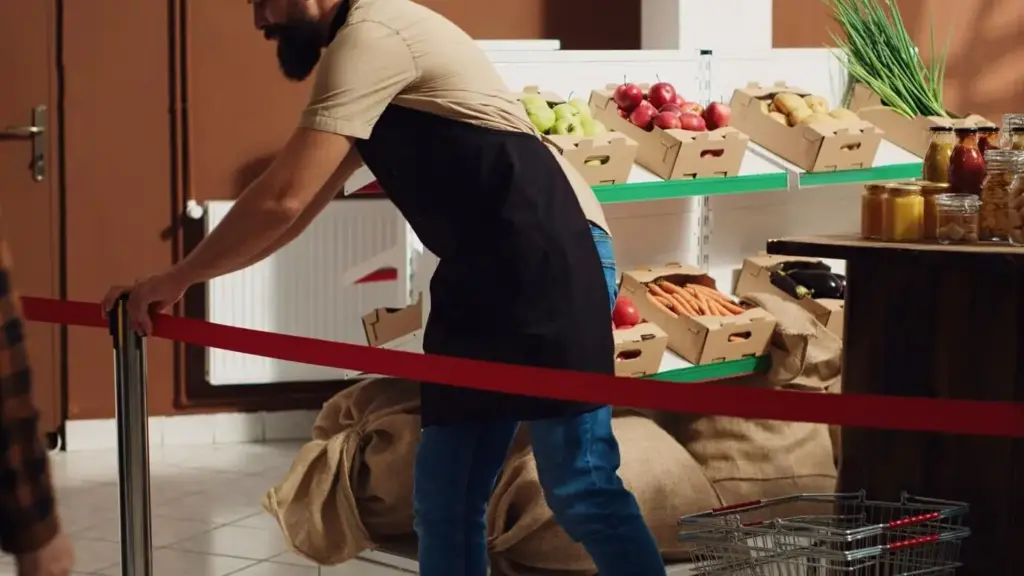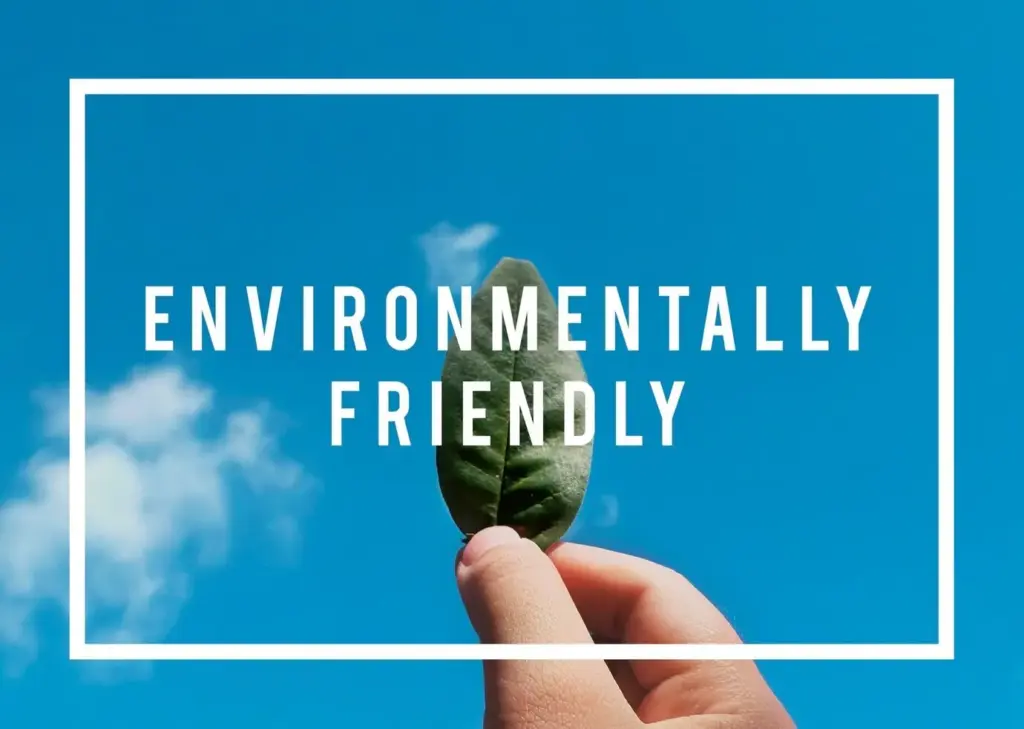Neighbors Turning Waste Into Worth
From Kitchen Scraps to Community Soil
How a Bucket Becomes a Garden
Follow a single food-scrap bucket from a kitchen counter to a shared bin, through layering with shredded leaves and cardboard, toward steamy microbial activity. After curing, the same bucket returns as friable compost, filling balcony planters that grow herbs neighbors trade, taste, and celebrate together.
Mapping Local Drop-Off Points
Use a simple neighborhood map highlighting stoops, community fridges, gardens, and weekend markets that accept organics. Clear hours, signage photos, and access notes reduce confusion, shorten detours, and invite new participants who might otherwise keep discarding valuable nutrients because the nearest option felt uncertain or hidden.
Designing Zero-Waste Hubs That People Love

Data, Metrics, and Real Impact
Weigh, Track, Celebrate
Use a simple spreadsheet or app to record date, weight, contamination notes, and volunteer hours. Celebrate milestones with handwritten posters and photos. Publicly recognizing effort strengthens belonging, keeps momentum during rainy weeks, and helps convert occasional donors into steady supporters who plan their weekends around collection.
Carbon and Soil Health
Estimate avoided methane by diverting wet organics from landfill, and connect results to real experiences: warmer soil, improved water retention, and fewer trash pickups on your block. Share seasonal soil tests, focusing on organic matter gains that reveal tangible benefits for trees, vegetables, and pollinator beds.
Transparent Storytelling
Post concise weekly summaries and photos showing happy participants, clean bins, and tidy sites. Pair charts with neighbor quotes about quieter alleys and thriving planters. When people recognize their faces and voices, they share links, recruit friends, and defend the program when challenges arise.
Neighbors as Co-Creators

Regulations, Safety, and Trust
Compliant By Design
Draft a one-page guide listing accepted materials, bag requirements, and drop-off hours. Include photos of correct and incorrect items. Update seasonally as leaf volume changes or new partners join. When clarity grows, contamination drops, volunteers relax, and neighbors feel proud to invite friends.
Risk Management
Plan for rain, heat, and holiday surges. Keep extra browns dry, designate overflow bins, and assign a roving captain to make decisions calmly. A simple incident log helps spot patterns, prevent repeats, and reassure everyone that learning is continuous and thoughtfully documented.
Insurance and Governance
Work with a local nonprofit or cooperative structure for banking, insurance, and fiscal sponsorship. Clear bylaws, rotating leadership, and transparent receipts reduce friction. When setbacks happen, shared governance protects volunteers, stabilizes funding, and invites new leaders to step in with confidence and continuity.



